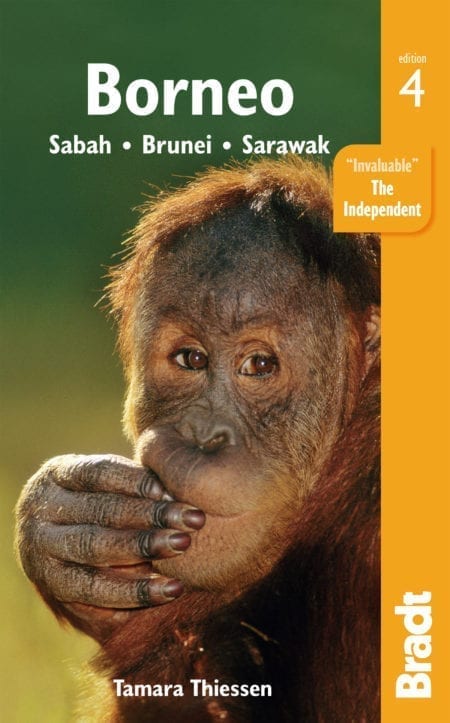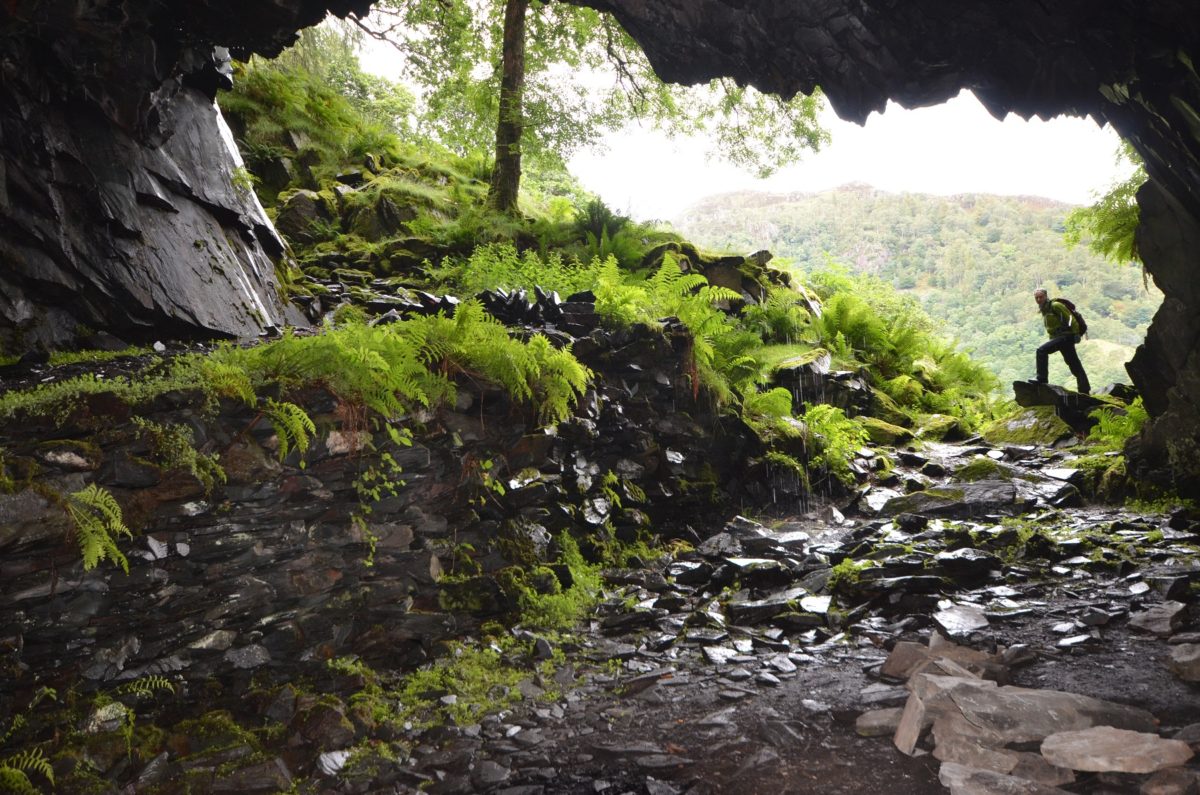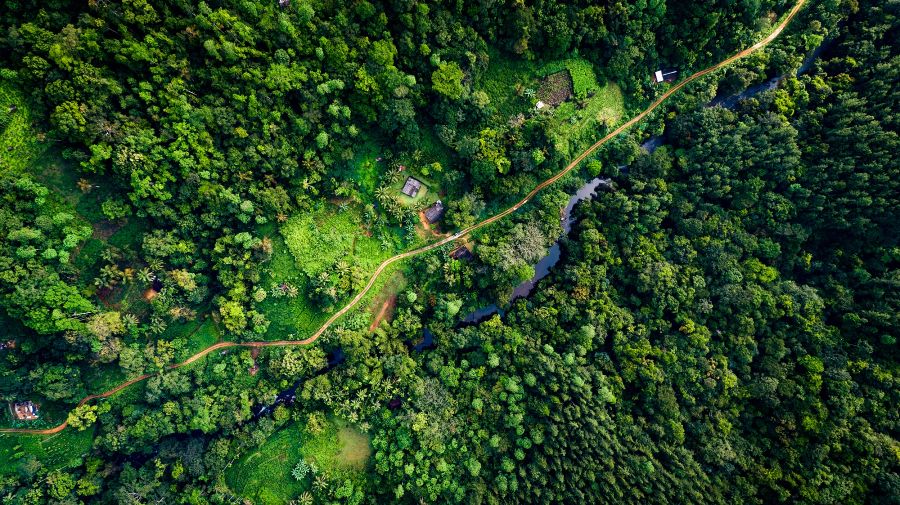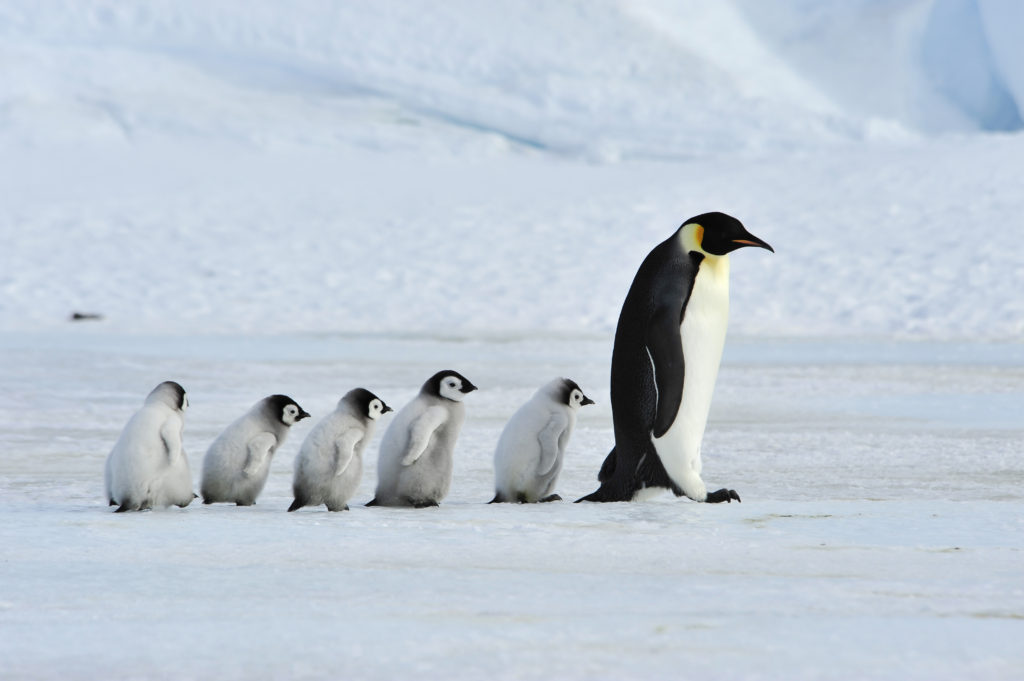This is a a magical little place that offers the luxuries of the new world against a rich and beautiful historical backdrop.
Tamara Thiessen, author of Borneo: the Bradt Guide
Being an inkblot of a nation has bruised neither Brunei’s self-image nor its prosperity. The Islamic pride and sovereign swishness are embodied in the flag – regal, striking and strict all at once – the yellow banner with white and black diagonal stripes bears a red insignia of wings, umbrellas and masts signifying justice, peace and prosperity. A lofty sense of all three permeates the watery ambience of Brunei, along with the sounds of Muslim prayer time emanating from its golden-domed mosques.
The modern face of Brunei is still in the making. The Sultan-owned national carrier Royal Brunei Airlines only started to promote its realm to the world in the mid 1990s. It has recently swung from marketing Brunei as a ‘stopover’ to Sabah and Sarawak to being a destination in itself. The country is aware of its size limitations, yet Bruneians love their high quality of life and boast that they have jungle, sea, mosques and malls on their doorstep. As local DJ and television presenter Jenny Malai Ali says, Brunei is ‘a magical little place that offers the luxuries of the new world against a rich and beautiful historical backdrop.’
For more information, check out our guide to Brunei (Borneo)
Food and drink in Brunei (Borneo)
Brunei is no foodie capital when it comes to restaurants, but street food is amazing and among the most delicious and immaculately presented in Borneo. Indoors, there are many good coffee shops and casual restaurants; more sophisticated dining and international restaurants are chiefly found in four- and five-star hotels, though Brunei’s modern dining scene is still in an embryonic stage. You can find out more in this food guide to Borneo.
Gadong is the best place for multi-ethnic, well-priced food at small, family-run businesses, not forgetting the markets and mall food halls. New-wave cafés in the Kiulap District are home to East-meets-West flavours, trendy décor and a young, affluent crowd. Restaurants are not open as late as they are in Malaysian Borneo, with last orders from 21.00 to 22.00. (A number of 24-hour cafés and food stalls cater for night owls.) Given the dearth of but growing demand for chic eateries, it pays to make a reservation at hotel restaurants on weekends.
Market and street food
Two of the most animated food markets are the Kianggeh market (pasar Kianggeh) and the Gadong night market (pasar Gadong). Held near the riverside along Jalan Residency, the Kianggeh market is a vestige of rural life in the city centre. Many of the gerai makan (food stalls) here are family-run, opening from around 15.30 and running through until late; a couple remain open all night. They serve satays and soups, noodle and rice dishes, fresh coconut juice and ketupat – origami-like pouches of rice wrapped in coconut palm or pandan leaves, served with peanut satay sauce.
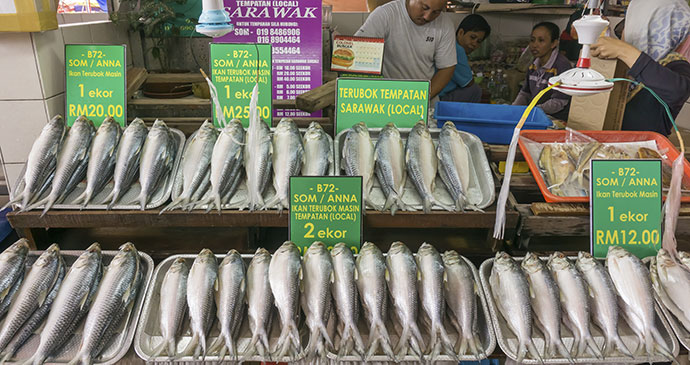
For those staying in the city centre, the Taman Selera (17.00–as late as 02.00) is an excellent night-time, food stall area. Set in a large car park zone between Jalan Tasek Lama and Jalan Kumbang Pasang, opposite the Radisson Hotel, the name literally means ‘appetite park’. While it lacks the overall ambience of Gadong, some of the food is still very good, and the market is a godsend in this rather uneventful and dining-deprived zone. The Bob U Me stall is recommended for fresh seafood, cooked before your eyes, whichever way you like it.
As far as shopping-centre food courts go, the Padian Food Court in the city centre area – in the riverfront Yayasan complex – serves chicken, rice, laksa, Indian and Western food. In Gadong, there are two food courts – one on the ground-floor Centrepoint Food Court, the other on the top floor of the more upmarket shopping centre, The Mall. Fast food is on the rise and the big international and domestic names – KFC, Pizza Hut, McDonald’s, Sugar Bun and Jollibee – all have outlets in the city and at Jerudong Park. But why eat foreign fast food, when you can have nasi katok around the clock from the many coffee shops and stalls?
Travel and visas in Brunei (Borneo)
Getting there and away
Brunei is divided into four administrative divisions: Brunei Muara, which includes the capital Bandar Seri Begawan, Tutong, Belait and Temburong. Brunei is an eighth of the size of Switzerland, with the longest car trip in the country taking little more than three hours.
By air
National carrier Royal Brunei Airlines (RBA) flies from Bandar Seri Begawan to 20 major cities in the Asia Pacific region, the Middle East and Europe. RBA has direct flights several times weekly between Melbourne, Brisbane, Perth, Auckland and Bandar Seri Begawan and flies from London Heathrow to Bandar Seri Begawan via Dubai three times a week. Connections in the Asia Pacific region and China are set to expand as Brunei’s importance as both an economic hub and beyondstopover destination grow.
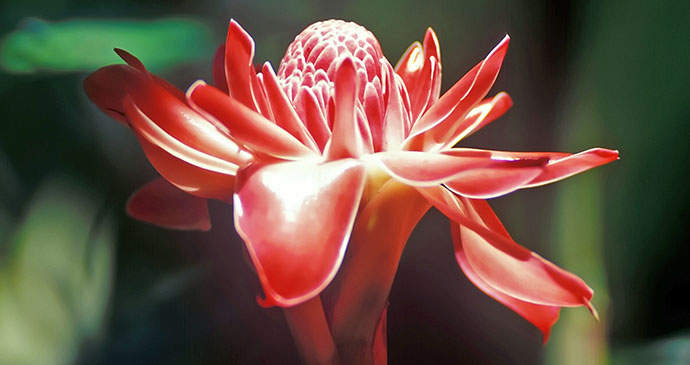
Orchid © Leksele, Shutterstock
Within Borneo, RBA have several daily flights between Bandar Seri Begawan and both Kota Kinabalu and Kuching. On the rise as Asia’s third-biggest low-cost airline, Cebu Pacific flies between BSB and several Philippines’ destinations via Manila. In December 2013, the Boeing 787-8 Dreamliner joined RBA’s fl eet of Airbus A320 and A319 aircraft as part of company plans to renew its long-haul fleet.
By bus
Journeying by bus between Sarawak and Brunei is far from straightforward: it takes five hours, three buses and a ferry to cover the 120km to Miri. The choice of services over the past few years has been erratic with new operators entering the scene and leaving just as hastily.
Getting around
Bandar Seri Begawan has three districts: Bandar, the city centre or central business district (CBD) hedged around the riverfront; and Gadong and Kiulap, two neighbouring commercial districts on the western side of the river. Unless you intend to stay longer than the standard couple of stopover days, you will probably base yourself either in the CBD or in Gadong. Vibey Gadong is home to markets, malls, shop-lots, restaurants, cafés and a handful of hotels.
Kiulap is an up-and-coming urban precinct, developing around an old village. The upmarket beachside suburb of Jerudong, 13km northwest of the city, is part of the Brunei Muara District (the Jerudong Playground theme park is located here). The northern part of Muara, known as Berakas, is the main administrative and government zone, which also has many sports facilities (stadiums, swimming pools, sports complexes, etc), and a couple of hotels. Muara’s beaches lie north of the capital on Brunei Bay.
By car
Brunei’s capital is not an easy place to get around by public transport. The main problem is not infrastructure, but limited availability. The last buses run at 18.00, so if you plan to be out after dark you have to rely on your feet, a taxi or a car. The key city sites are spread out over several kilometres, so the best option if you want to see as much as possible in a couple of days is to have your own car, or combine a day of car hire for the city sights with day or overnight tours to other places of interest. A litre of petrol costs around 53 cents – a tank is filled for around B$20. Diesel is 31 cents a litre.
By bus
The bus terminal for city and longer-distance routes is located on Jalan Cator. Six bus routes (with names such as Northern Line, Western Line, etc) serve Bandar Seri Begawan and the wider Muara District. They depart every 15–20 minutes from 06.00 to 18.00; average fares are B$1. The two routes that stop at the CBD, museums and other sites of interest are the Central Line and the Circle Line. The widely available Brunei Tourism map includes the essential public bus transport network map.
By boat
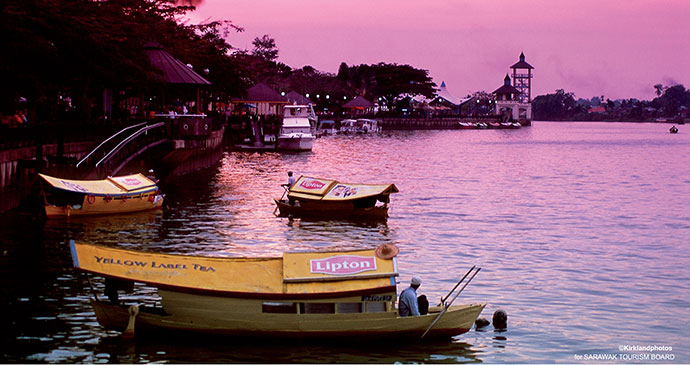
Water taxis
These can be hailed from numerous docking ports and jetties along the banks of the river. They are the most common form of transport for the Kampung Ayer (water village) area and prices are generally negotiable. The standard one-way fare for the river crossing to Kampung Ayer for residents is B$1. River tours (30 minutes or 1 hour), and trips to the Malaysian towns of Limbang and Lawas, cost anything from B$10 to B$30.
Longboats
These are used in rural areas. When the waters are low, you might be required to get out and push! Prices for such trips are included in tour agent packages to destinations such as Temburong. The price of paying for such trips is prohibitive for independent travellers.
What to see and do in Brunei (Borneo)
Highlights
A full-day (six-hour) city tour, offered by many tour companies, usually takes in three or four sites, including museums, mosques and markets, plus a river trip to the water village, Kampung Ayer. Brunei Tourism’s website (www.bruneitourism.travel) has a list of all reputable tour operators, while Freme Travels gives a clear idea of overall tour possibilities.
Bandar Seri Begawan
Few people have heard of Brunei’s capital city before visiting, and it’s hardly the catchiest of names. Fortunately, everyone calls it BSB. Known as Brunei Town – Pekan Brunei – up until 1970, the idyllic-sounding replacement of Bandar Seri Begawan (roughly translated as ‘city of the glorious retiree’) honours the 28th sultan, who took this title when he abdicated in 1967. It is a fascinating city – on the one hand, you feel you are in a place entrenched in trading history and Islamic exoticism, while on the other, is the emerging face of a ‘modernised capital’. The much-publicised ‘lavish adornments, gold towers, sparkling fountains and colourful mosaic tiles’ are scattered about the city, from the riverbank area to the new modern districts. There is no historic mass of buildings as the old town and its colonial edifices were bombed by the Allies during World War II.
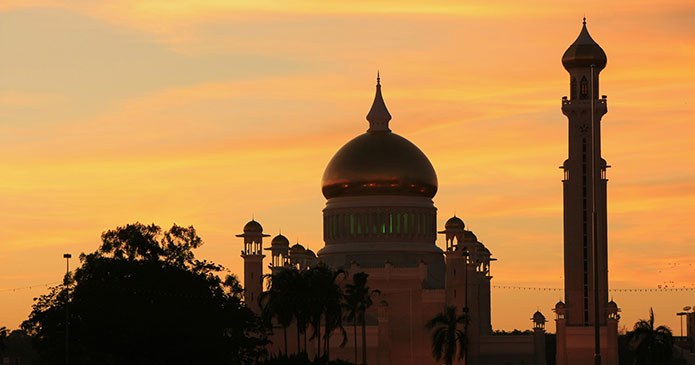
The city spreads out over 16km from the downtown area, which is hemmed in by riverside recreational areas, state-owned land, museums and ministries. When the lights go out, so does most of the action. At 18.00 all public transport stops, and locals head for their favourite evening spot as the sun sets over the river. With the Muslim chants and the drone of cicadas resonating through the city, the country’s full name becomes very fitting – Brunei Darussalam, ‘Brunei, abode of peace’.
Once you get past the logistical challenges and locate the most animated tamu (markets), the museums and mosques, the gorgeous green spaces and nearby beaches, you can join the locals and enjoy a high quality of life for a few days as well as some rich cultural experiences.
Belait District
Driving through Brunei you are never short of recreational and picnic spots and places to stretch the legs. On the coast side of the Muara–Tutong Highway is the Sungai Liang Forest Reserve, some 70km south of Bandar Seri Begawan (turn left at the Sungai Liang junction and proceed 450m along the Jalan Labi road to the park’s entrance on the right). Here you will find a canopy walk and several other well-marked trails of varying grades through lowland rainforest. A further 25km or so along Jalan Labi is the Luagan Lalak Forest Recreational Park, whose alluvial freshwater swamp fills up like a lake in the wet season. From here, a steep 2km trek leads to the Wasai Wong Kadir waterfall. The Labi District is home to Iban people and there are chances to visit their longhouses along the way.
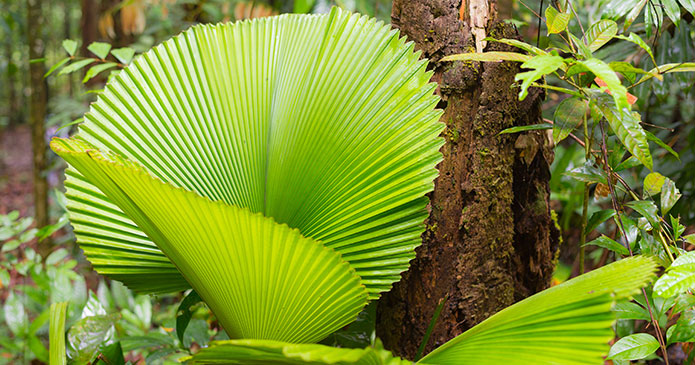
The oil coast starts in Seria: there is an Oil and Gas Discovery Centre, an interactive museum of oil history and technology, and the hard-to-miss Billionth Barrel Monument – a blend of Islamic tiles with industrial architecture. Kuala Belait is a town grown up on oil and a foreign workers’ community, which has added a cosmopolitan touch to the place. Loved by expats, it has a bit of an R&B edge – someone even wrote a love song about Kuala Belait. Entertainment choices beat those found anywhere else outside of the capital, and locals enjoy a good quality of life. For jogging and family recreation, they head to Pantai Lumut, a secluded beach 10km from Seria off the coastal highway. Those looking for some serious partying should do as the locals do, and cross the border to the lively town of Miri for the weekend.
Gadong market
The renowned Gadong market is a food-only, night-time affair – an outdoor eating theatre with the best range of food stalls in the city. The several dozen stalls fire up from 17.00 until midnight. Held in a vast car park near the ‘wet market’ in the Gadong District, it is one of the best pasar malam (night markets) in the whole of Sarawak, Sabah and Brunei.
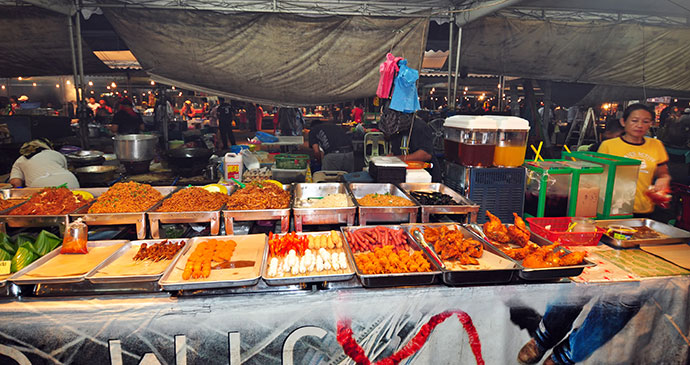
Meticulously packaged portions of rice wrapped in banana leaves are a market mainstay; the trays of pyramid and fingershapednasi lemak contain rice filled with chicken, beef or anchovies and topped with spicy sambal sauce. Nasi katok is another popular rice dish.
Istana Nurul Iman
Built in 1984 at a cost of US$400 million, the Istana Nurul Iman – the Sultan’s home – has 1,788 rooms and stretches over 0.5km along the riverbank, making it the largest residential palace in the world. The Istana (meaning ‘palace’) opens once a year to the public at the end of Ramadan, during the Hari Raya Aidilfi tri celebrations. Thousands of Bruneians and foreigners queue for hours at its gates to get a peek inside. The open-house times are published in local newspapers, including the Borneo Bulletin (English-language) and Media Permata (Malay). At other times, the best exterior view of the palace and its 300-acre grounds is from a boat on the Sungai Brunei. On a night cruise, you will see it lit up like a true fairy-tale palace, thanks to some 55,000 light bulbs (the electricity is apparently very cheap, powered by gas turbines).
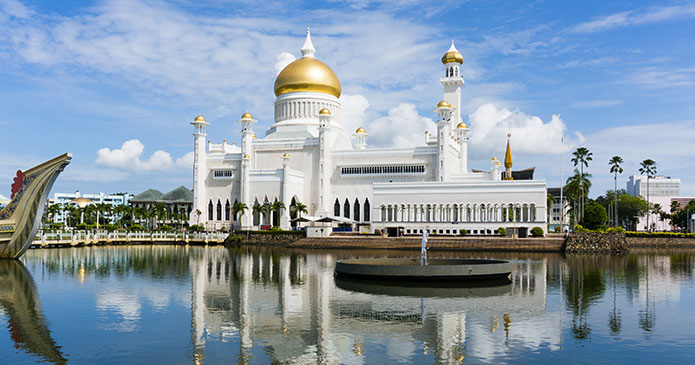
Failing that, you can gaze at it from the public car park on Jalan Tutong, or from the adjacent park Persiaran Damuan. This 1km-long riverbank jogging haven has paved walkways and a series of sculptures by artists from the original six members of the Association of Southeast Asian Nations. The ‘ASEAN-6’ includes Indonesia, Malaysia, the Philippines, Thailand, Singapore and Brunei Darussalam.
Kampong Ayer
With 30,000 residents, this watery suburbia is actually composed of 28 individual villages, linked up by 8km of stilted walkways. One of the largest floating communities in the world, it has mosques, schools, markets and a fire station. The government has been trying to relocate the people on to land, but they refuse to abandon their spiritual home. Though it has burnt down several times, the origins of the water village pre-date the 16th century, when Italian historian Antonio Pigafetta described it as the ‘Venice of the East’. The latest village addition, Kampung Bolkiah, is a high-tech set-up built from fireproof materials, with an eco-sewage system and houses spaced nearly 10m apart. In other words, the exact opposite of its predecessor!
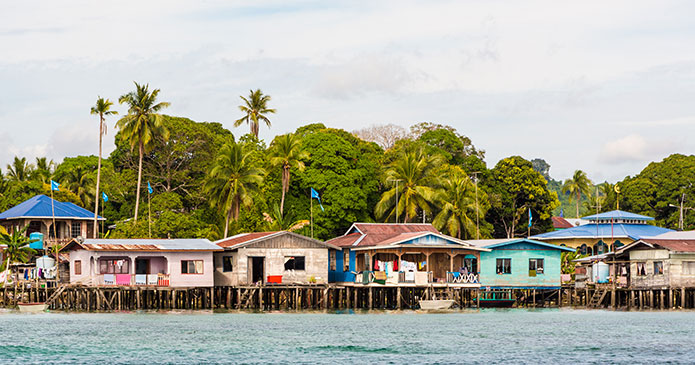
Residents of ‘KA’ commute to work on a flotilla of water taxis, leaving their cars parked along Jalan Residency in town. To visit Kampung Ayer, you can take a water taxi from several points along Jalan McArthur and Jalan Residency to any location in the village, then walk about; the one-way fare is B$1–2. Alternatively, you can take a guided tour. For me, the water village is at its most mesmerising at night, viewed from the riverfront, as water taxis whizz past in trails of coloured lights ferrying people home.
Tutong District
Barely 40km from the capital, the town of Tutong (also known as Kuala Tutong) lies among coconut palms near the Tutong River. (Kuala, by the way, means ‘river mouth’ and has nothing to do with Australian marsupials.) There are several kampung named Kuala along Brunei’s estuary-specked coast. The Tamu Tutong Kampung Serambagun is a daily open-air market held 1km from the town centre, selling lots of local fruits, vegetables and handicrafts. Many vendors come from the rural hinterland to buy and sell their produce.
Pantai Seri Kenangan – ‘the unforgettable beach’ – is a popular recreation spot (fishing, swimming, picnics) five minutes’ drive from Kuala Tutong Town. Located on a narrow spit of land between the South China Sea and the Tutong River, it has beach chalets, picnic pavilions, restaurant and food stalls. From here, you can also take a trip on the Sungai Tutong.
Situated 27km inland from Tutong Town, along mostly unsealed roads, is Tasek Merimbun, a serpentine freshwater lake mirrored with blue sky and cloud reflections. Surrounded by peat swamp and grass marsh, the lake environment is both wildlife sanctuary, recreational park and research station, offering nature trails, an exhibition hall, butterfly garden, lakeside gazebos, rental boats and forest campsites Proclaimed an ASEAN (Association of Southeast Asian Nations) Heritage Park in 1984, some say it is the de facto fi rst national park, though is not gazetted as one. A wooden walkway leads through the belly of the lake to an islet, Pulau Jalundung, which somewhat paradoxically has picnic-table facilities – given the crocodile warning signs alongside! Other resident fauna includes the clouded leopard, whitecollared fruit bat, Bornean gibbon, giant squirrel, silver leaf monkey, pig-tailed macaque, sambar deer, honey bear, western tarsier, argus pheasant, hornbill, purple heron, pangolin and reticulated python.
Ulu Temburong National Park
Referred to as the ‘green jewel’, the 50,000ha rainforest within the huge Batu Apoi Forest Reserve is Brunei’s only national park. The park spills into the ‘Heart of Borneo’ conservation area, which sweeps in central forests of Sabah, Sarawak and Kalimantan.
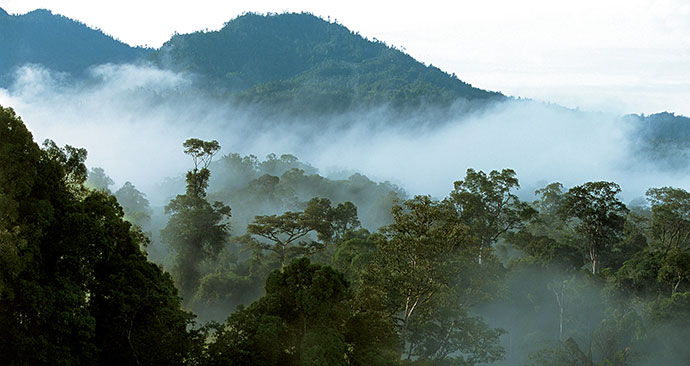
The Temburong District, in northern Brunei, is a major rice-growing area, producing nearly half the country’s harvest. It is home to a multi-ethnic mix of Iban, Murut and Malay people. The journey to get there is more than half the fun – the boat speeds through wide bays and mangrove forests full of proboscis monkeys, then trespasses briefly on Malaysian territory before swinging back into Brunei.
Related books
For more information, see our guide to Borneo:
Related articles
This isn’t one for claustrophobes.
Covering even more of the world than our guidebooks, forests are ubiquitous but almost always different.
Bizarreness, like beauty, is in the eye of the beholder.
